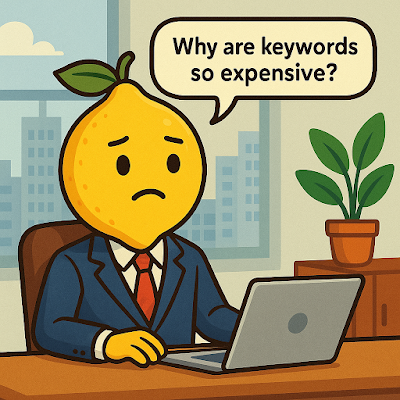Recently somebody emailed me and said "where have all the customers gone?"
They're at Buc-ee's, founded in 1982, expanding in 2025 like there is no tomorrow.
Let me just start by saying that I thought it was a tad inappropriate to take a picture of the restroom (for obvious reasons) ... but the stunned look on my face when I walked in ... I mean, this is Making America Great Again. I've been in some filthy latrines in all sorts of Shell / BP / Amoco stations this year. I mean, red/green led lights to show you if a bathroom stall is being used? I get it, your CFO will tell you that you don't make money on a modern restroom. Your CFO needs to stop talking.
As you drive in, you notice that no semi-trailer trucks are allowed. None. There was a Loves right across the freeway and Buc-ee's says "you can have those customers, we don't want 'em". Meanwhile, you're taking every customer Facebook will allow you to pay for. Heck, we even saw truckers walking a quarter mile from their rigs to visit Buc-ee's.
The gas pumps ... all three hundred of them (I have no idea what the actual number is, it felt like 300, it wasn't) were generally being used.
Cars packed the parking lot.
Inside, the store is busier than a 1990 Mall the Saturday before Christmas.
Many readers work for apparel brands. You want to know where your customers are? They're inside this store in Amarillo! I walked off the square footage ... 3,000 square feet dedicated to apparel, until my wife told me I missed a section ... 4,000 square feet. 2/3rd the size of a mall-based store. My home town just leveled a mall ... it's time for apartments ... meanwhile, Buc-ee's is reinventing apparel retail.
"But Kevin, I just want to get a bag of Doritos after getting gas." Ok, have at it. They have Doritos. But they prominently feature THEIR in-house brands ... and they merchandise a lot of products!
You'll also find a jerky bar, a candy bar, and essentially an entire restaurant paired with performing employees.
Can I ask you a question? Do you post your salaries anywhere / everywhere for anybody / everybody to see?
The Assistant Food Service Manager is making $80,000 a year.
One of those "strategic leaders" on LinkedIn messaged me about a job paying $180,000 a year, wondering if I'd be interested? The "strategic leader" needs to look at what Buc-ee's is paying a GM and re-evaluate ... well ... just about everything. I mean, if I have to hear one more person tell me that "nobody wants to work" or "young people just don't want to work" ... it's just cruel. It means your work environment does not attract top-level talent. Either your culture stinks, your leadership stinks, you aren't paying enough money, or some combination of all three is true. Look in the mirror.
The people in the Buc-ee's store were working their living butts off ... they had no choice, because customers were just opening their wallets and throwing money at 'em.
Businesses with a heritage that pre-dates e-commerce all decided to jump off the omnichannel deep end ... tethering old with new, forcing sameness everywhere, offering tepid products that are perpetually available and always 30% off or more, focusing entirely on discounts/promotions for success while constantly throwing money at Google/Facebook for customers that have well-below average lifetime value. We called this a "best practice". We were so dumb.
Walk into a Buc-ee's and see what real leaders were doing while we spent decades aligning channels. My goodness.
P.S.: This is where many of you email me and tell me the reasons why Buc-ee's is "wrong". Here's my email address: kevinh@minethatdata.com


































